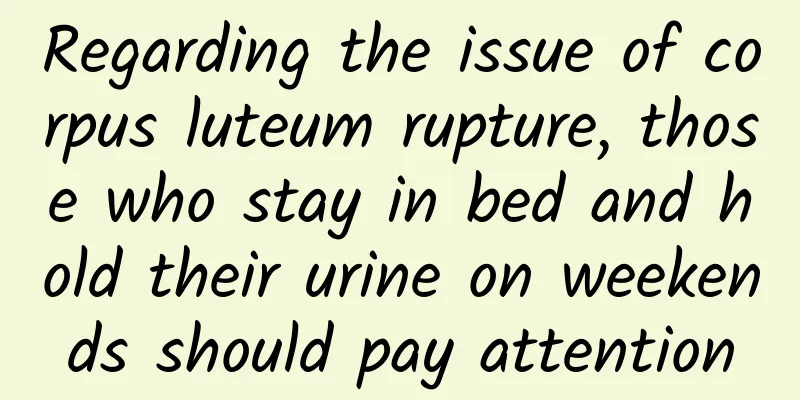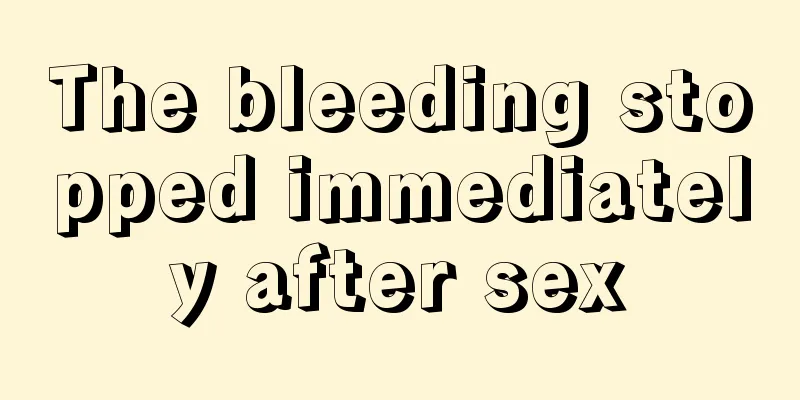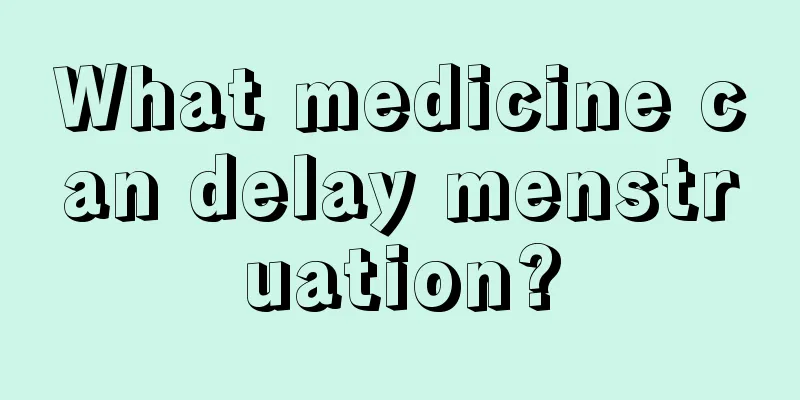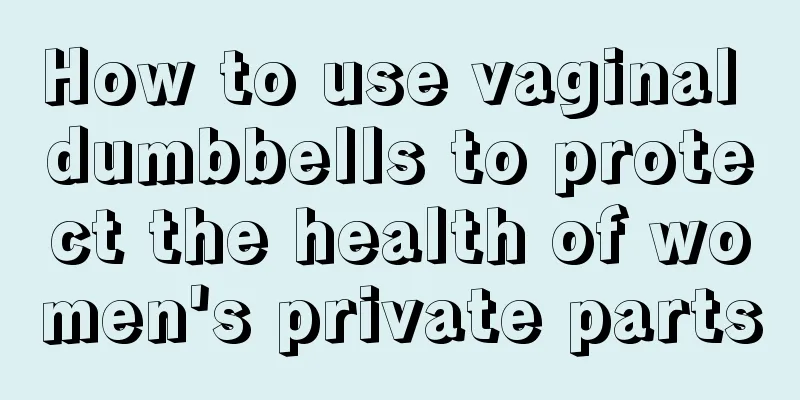Gynecological disease: How to treat uterine fibroids
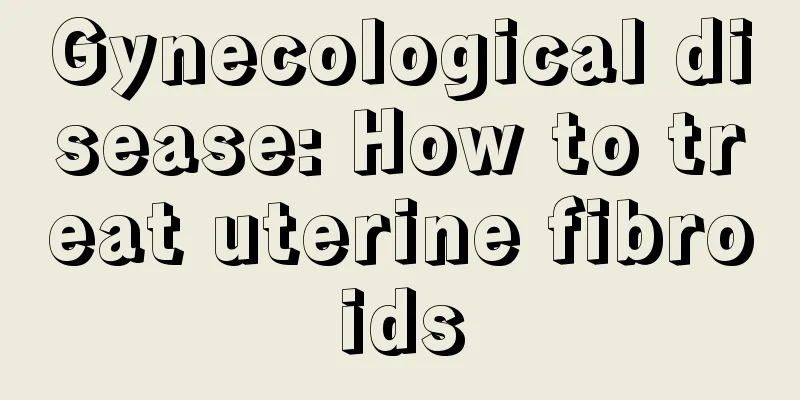
|
Uterine fibroids are also a common gynecological disease, but we all know that these gynecological diseases will have a great impact on women's physical and mental health. If they are not treated promptly and effectively, many women will lose their fertility. Therefore, in the face of these gynecological diseases, we must understand the fast and effective treatment methods. Current methods for treating uterine fibroids include expectant treatment, traditional surgical treatments, and non-invasive treatments for uterine fibroids. However, the indications for each treatment method are different, so patients need to choose the appropriate treatment plan based on their condition and actual situation, so as to achieve the best treatment effect and reduce side effects as much as possible. 1. Expectant treatment of uterine fibroids Expectant management means regular follow-up observation without the need for special treatment. It is mainly suitable for patients with uterine fibroids whose size is less than 5cm and who are asymptomatic or have mild symptoms. If they are near menopausal women, it is expected that the fibroids will shrink naturally after menopause. Follow-up examination should be conducted every 3 to 6 months, and during the follow-up period, attention should be paid to the occurrence of any symptoms and whether the uterine fibroids have enlarged. A gynecological examination and B-ultrasound examination are required at each follow-up visit. If symptoms of menorrhagia, compression or rapid enlargement of the fibroids occur during follow-up, appropriate treatment should be adopted in a timely manner. Expectant management of asymptomatic uterine fibroids is appropriate under regular follow-up monitoring. It should also be noted that in a small number of postmenopausal patients, uterine fibroids do not shrink but instead grow larger, and follow-up should be strengthened. 2. Traditional surgical treatment of uterine fibroids There are many traditional surgical methods for uterine fibroids, including total hysterectomy, subtotal hysterectomy, myomectomy, uterine artery embolization, and the approaches include major invasive laparotomy, minimally invasive hysteroscopy and interventional embolization. These methods have their own advantages and disadvantages, and the appropriate method should be selected based on the patient's specific situation. The advantage of hysterectomy is that since the uterus is removed, there is no need to worry about the development of new uterine fibroids. There are many adverse effects after losing the uterus: surgical removal itself is a harmful treatment; anesthesia accidents may occur during the operation; surgical complications such as intestinal adhesions may occur after the operation; pelvic relaxation occurs; in addition, the ovaries lack blood supply from the ascending branch of the uterine artery, which makes them prone to premature aging and early menopause, which may affect women's sexual life and even cause personality changes in some women. 3. Non-invasive treatment of uterine fibroids (ultrasound ablation therapy) Ultrasound ablation therapy is currently the safest and most effective method for treating uterine fibroids. It is a new non-invasive (no surgery, no puncture) local physical treatment for uterine fibroids. It focuses high-intensity ultrasound from outside the body on the uterine fibroids in the body. It relies on the high temperature and cavitation effect generated by the high-intensity ultrasound in the focal area to cause coagulative necrosis of the uterine fibroid tissue, thereby achieving the purpose of local inactivation of uterine fibroids and preventing further growth of uterine fibroids. Necrotic tissue can be gradually absorbed or fibrosized, causing the uterine fibroids to shrink and become smaller, thereby achieving the purpose of alleviating or alleviating the corresponding symptoms caused by uterine fibroids. |
<<: Can sweat steaming treat gynecological diseases?
>>: What to eat to treat gynecological diseases
Recommend
What causes pelvic pain?
Pelvic pain in women is mostly caused by the grow...
What causes genital itching?
Vulvar itching is caused by many situations, and ...
Yellow liquid is flowing out from below
We all know that when you are not having your per...
Menstruation suddenly came and then stopped
Every girl's menstrual period has its own reg...
Is it bad if the follicle is too big?
For women who want to have children, they are ver...
How should women maintain their health
In China's thousands of years of feudal socie...
Is back pain a symptom of early pregnancy?
Many women often feel back pain during the pregna...
What to do if your vagina is itchy during early pregnancy
Many people will suddenly realize that they have ...
How long should I use the confinement belt?
Many women are unwilling to have children because...
What causes lower abdominal pain during pregnancy?
Lower abdominal pain before pregnancy can be phys...
34-year-old can hardly pass Down syndrome screening
Older age is one of the high-risk factors for Dow...
Can I still induce lactation after stopping breastfeeding for a month?
Sometimes, mothers may have to wean their babies ...
Where does the real contraction hurt?
Some pregnant women will experience pain during p...
Can boiling tableware sterilize?
When you are out and about and come across unster...
What to do if your girlfriend is frigid
Sex life is very important for couples. High-qual...
